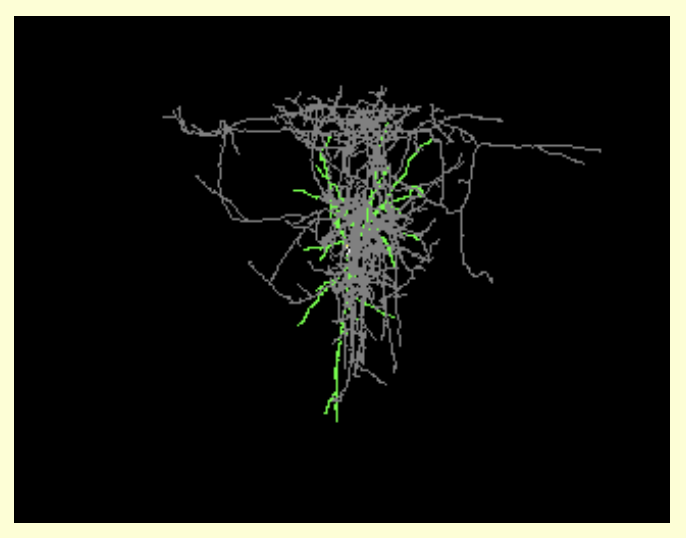URL: http://sig.biostr.washington.edu/projects/fm/FME/index.html
Proper Citation: Foundational Model Explorer (RRID:SCR_008189)
Description: The Foundational Model Explorer (FME) is an internet based software application developed for viewing the content and organization of the Foundational Model of Anatomy Ontology (FMA). The initial purpose of the FME was to provide a simple and intuitive interface to the FMA for domain experts, in the field of anatomy, participating in the evaluation of the FMA. The FME also provides an easily available method of exploring the FMA to individuals or groups considering the adoption of the Foundational Model of Anatomy knowledge base. The FME display consists of two panes: a hierarchical tree may be opened up in the pane on the left side; if a class is selected in the hierarchical tree, the pane on the right side displays the information that has been entered in the FMA for that class. The information associated with a given class is organized in so-called slots. Each slot has a name (e.g., Definition, Parts) and some content, which is that particular slots value (e.g., the English definition and the names of parts of the selected class, respectively). For an explanation of the interactive features of the FME, see the Knowledge Navigation Section. For a guided tutorial check out the Conducted Tour. In the left pane, the default tree is a subclass hierarchy, based on the -is a- or -kind of- relationship; it is the instantiation of the Anatomy taxonomy (At) component in the high level scheme of the Foundational Model of Anatomy. Apart from the slots Preferred Name and Synonyms, other slots relate to the Anatomical Structural Abstraction (ASA) component in the FMAs high level scheme. Hierarchies based on various part-whole relationships can also be opened up in the left pane. Once a class has been highlighted in the subclass hierarchy, you can choose a relationship from a drop down list labeled Select navigation tree type. Some other transitive relationships (e.g., -branch of- and -tributary of-) are also available. The Search facility matches a search term to the preferred name, as well as to the Latin name, or synonym of an FMA class (if such exist). The tree is expanded to reveal the matching class and the information about this class is displayed. The wildcard * is allowed in the search term and will match to any sequence of characters. For example the search term h*d matches the class names Head and Hepatic cord (amongst others). The search function is not case sensitive. If more than one class name matches with the search term, a list of matching terms is presented for the user to choose between.
Synonyms: FME
Resource Type: data analysis software, data processing software, software resource, software application
Keywords: foundational, anatomical, anatomist, anatomy, anatomy databases, class, component, content, digital, hierarchical tree, model, organization, relationship, software, structural, subclass, taxonomy
Expand Allhas parent organization |
We found {{ ctrl2.mentions.total_count }} mentions in open access literature.
We have not found any literature mentions for this resource.
We are searching literature mentions for this resource.
Most recent articles:
{{ mention._source.dc.creators[0].familyName }} {{ mention._source.dc.creators[0].initials }}, et al. ({{ mention._source.dc.publicationYear }}) {{ mention._source.dc.title }} {{ mention._source.dc.publishers[0].name }}, {{ mention._source.dc.publishers[0].volume }}({{ mention._source.dc.publishers[0].issue }}), {{ mention._source.dc.publishers[0].pagination }}. (PMID:{{ mention._id.replace('PMID:', '') }})
A list of researchers who have used the resource and an author search tool
Find mentions based on location

{{ ctrl2.mentions.errors.location }}
A list of researchers who have used the resource and an author search tool. This is available for resources that have literature mentions.
No rating or validation information has been found for Foundational Model Explorer.
No alerts have been found for Foundational Model Explorer.
Source: SciCrunch Registry





